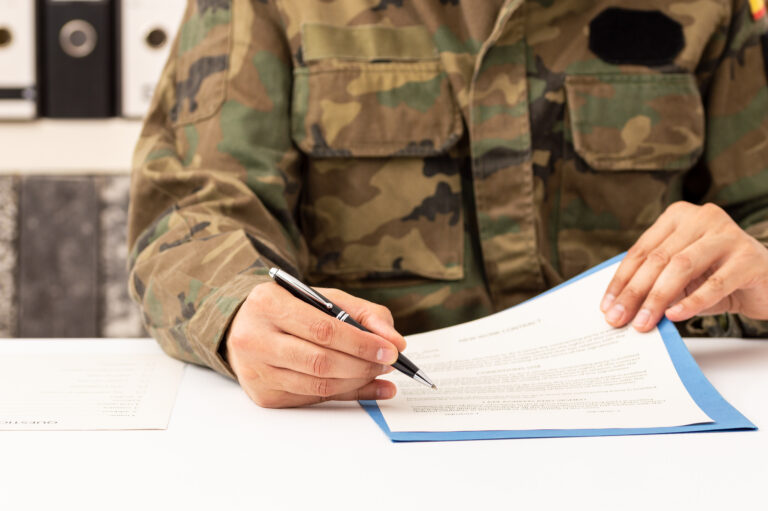Navigating the privileges and limitations of a Common Access Card (CAC) can often seem like navigating a labyrinth, especially for those who are new to the military or government sector. One of the most common queries among CAC holders is whether their card grants them unrestricted access to any military base. This article aims to demystify the scope of access provided by the CAC, helping holders understand where and how they can use these credentials.
The Common Access Card, or CAC, is a multifunctional identification card issued by the United States Department of Defense (DoD). It serves multiple purposes: it is a general identification card for active-duty military personnel, reserve personnel, civilian employees, and eligible contractor personnel. It also provides access to controlled spaces, serves as an insurance card, and facilitates secure electronic communications and signing of digital documents.
When it comes to physical access, the primary function of the CAC is to allow entrance to military installations. However, the ability to use a CAC at any base is not as straightforward as it might appear. Access to military bases using a CAC is generally permitted, but it is subject to the specific security protocols and policies of each base.
Each military installation has its own set of rules and regulations, which can vary based on the security requirements, threat level, and specific operational considerations of that base. For instance, some bases may have heightened security measures due to their strategic importance or specific mission. In such cases, additional verification processes beyond the CAC may be required, such as a background check, sponsorship by a person with base access, or pre-registration for a visit.
Moreover, the type of access your CAC provides can also depend on the category of holder you are. Active-duty military personnel generally have the broadest access, including to bases overseas, as their duties often require a high degree of mobility. Civilian employees and contractors might have more limited access, typically restricted to bases where they are assigned or have official business.
It’s also important to note that while a CAC provides access to most military installations, it does not automatically grant access to all areas within a base. Sensitive areas, such as command centers, weaponry storages, or intelligence offices, require additional clearances.
For CAC holders planning to visit a base where they are not assigned, it is advisable to contact the base’s visitor control center in advance to verify access requirements and procedures. This step is crucial to avoid any inconvenience or denial at the gate, as each base’s visitor control center is responsible for implementing the installation’s specific access control policies.
In conclusion, while the CAC is a powerful tool for access and identification within the Department of Defense’s vast network, its capabilities are not unlimited. Understanding the specific restrictions and requirements of each military base will ensure that CAC holders can navigate these spaces efficiently and without issue. Always check in advance if unsure about access permissions to avoid any potential setbacks in your travels or professional endeavors.






